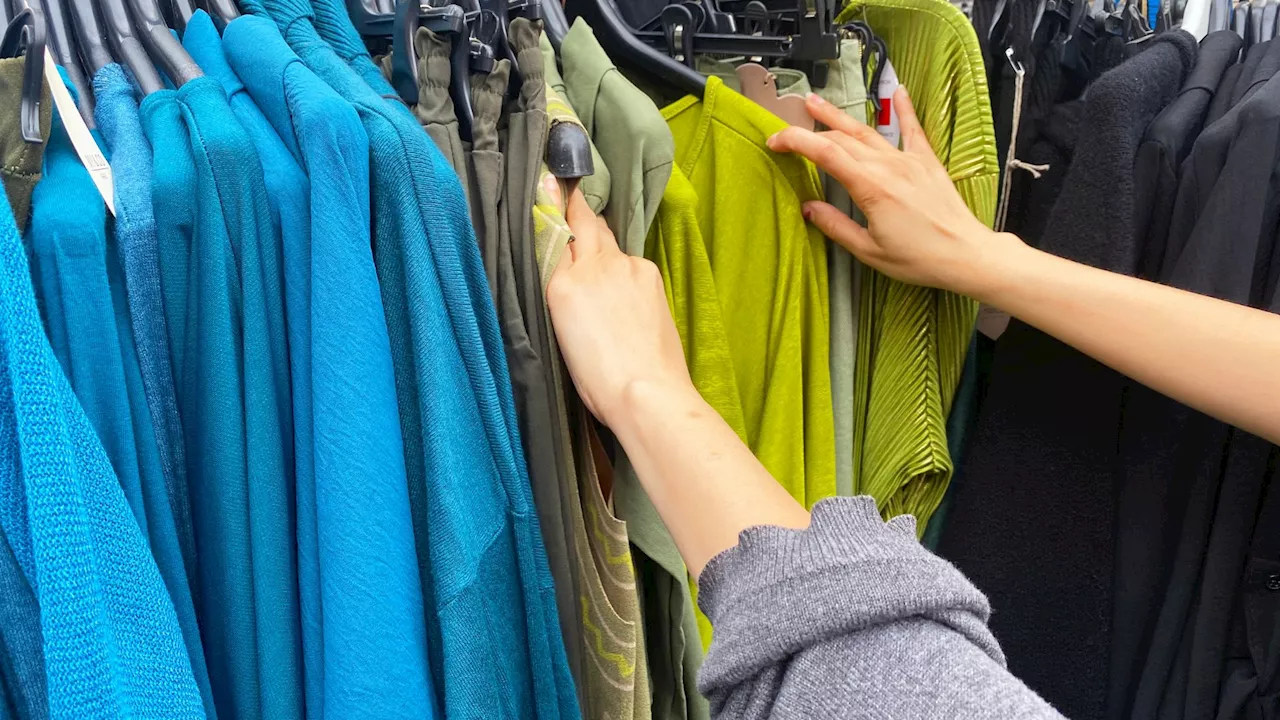Researchers have improved our understanding of how rotavirus, the most common cause of acute gastroenteritis in children, makes people sick.
The study is among the first to show that the rotavirus protein NSP4 is both necessary and sufficient for multiple aspects of rotavirus infection by disrupting calcium signaling not only within infected cells but also in nearby uninfected cells. These disruptions in calcium signaling affect rotavirus disease severity, providing new insights into how NSP4's function influences rotavirus virulence.
In the current study, Hyser and his colleagues looked deeper into how functions of NSP4 during rotavirus infection contribute to disease severity in hopes of finding a novel approach to treat or prevent the disease. In a previous study, the researchers discovered that rotavirus triggers aberrant calcium signals known as 'intercellular calcium waves' that radiate from infected cells to neighboring uninfected cells and that inhibition of these signals lessened disease severity.
The researchers found that the ability of rotavirus to generate calcium waves was fully attributable to NSP4, such that expression of NSP4 in cells, even in the absence of rotavirus infection, generated calcium waves indistinguishable from a native infection. Furthermore, calcium waves also triggered an immune response, implicating calcium dysregulation as a means of viral recognition.
Other contributors to this work include J. Thomas Gebert, Francesca J. Scribano, Kristen A. Engevik, Ethan M. Huleatt, Michael R. Eledge, Lauren E. Dorn, Asha A. Philip, Takahiro Kawagishi, Harry B. Greenberg and John T. Patton. The authors are affiliated with one or more of the following institutions: Baylor College of Medicine, Indiana University and Stanford University School of Medicine.
Women's Health Food Additives Vitamin Genetics Biology Virology Molecular Biology
United States Latest News, United States Headlines
Similar News:You can also read news stories similar to this one that we have collected from other news sources.
 Boehringer Ingelheim Seeks PostDoc Researchers for Parapoxvirus-Based Cancer Vaccine PlatformBoehringer Ingelheim's ViraTherapeutics is offering a PostDoc grant opportunity through opnMe to investigate the mode of action of parapoxvirus-based cancer vaccines. Successful candidates will develop research proposals focusing on optimizing the vaccine platform and improving its therapeutic efficacy.
Boehringer Ingelheim Seeks PostDoc Researchers for Parapoxvirus-Based Cancer Vaccine PlatformBoehringer Ingelheim's ViraTherapeutics is offering a PostDoc grant opportunity through opnMe to investigate the mode of action of parapoxvirus-based cancer vaccines. Successful candidates will develop research proposals focusing on optimizing the vaccine platform and improving its therapeutic efficacy.
Read more »
 Chinese Researchers Develop Perovskite Solar Cells with Enhanced Efficiency and StabilityChinese scientists have made a breakthrough in perovskite solar cell technology by developing a new type of cell that boasts higher efficiency and improved stability. The key innovation lies in the use of a hole-selective interlayer that effectively inhibits ion diffusion, a major cause of instability in traditional perovskite solar cells.
Chinese Researchers Develop Perovskite Solar Cells with Enhanced Efficiency and StabilityChinese scientists have made a breakthrough in perovskite solar cell technology by developing a new type of cell that boasts higher efficiency and improved stability. The key innovation lies in the use of a hole-selective interlayer that effectively inhibits ion diffusion, a major cause of instability in traditional perovskite solar cells.
Read more »
 Researchers discover numerous dinosaur footprints in a UK quarryThe find is thought to date back to the Middle Jurassic Period (around 166 million years ago), and shows multiple dinosaur trackways.
Researchers discover numerous dinosaur footprints in a UK quarryThe find is thought to date back to the Middle Jurassic Period (around 166 million years ago), and shows multiple dinosaur trackways.
Read more »
 Sustainable and Biodegradable Wearable Electronics Developed by ResearchersA research team led by the University of Southampton has made significant progress in creating eco-friendly wearable electronics. Their innovative line of 'Smart, Wearable, and Eco-friendly Electronic Textiles' (SWEET) integrates electrical components into traditional fabrics, enabling applications in fashion, sportswear, and medical monitoring. SWEET features a sustainable design with three layers, utilizing a conductive polymer inkjet-printed onto the fabric to ensure both functionality and biodegradability. Tests with volunteers wearing SWEET-equipped gloves demonstrated accurate tracking of vital signs.
Sustainable and Biodegradable Wearable Electronics Developed by ResearchersA research team led by the University of Southampton has made significant progress in creating eco-friendly wearable electronics. Their innovative line of 'Smart, Wearable, and Eco-friendly Electronic Textiles' (SWEET) integrates electrical components into traditional fabrics, enabling applications in fashion, sportswear, and medical monitoring. SWEET features a sustainable design with three layers, utilizing a conductive polymer inkjet-printed onto the fabric to ensure both functionality and biodegradability. Tests with volunteers wearing SWEET-equipped gloves demonstrated accurate tracking of vital signs.
Read more »
 Endangered Orca Again Carries Dead Calf, Researchers SayTahlequah, an endangered orca known for carrying her dead calf in 2018, has been observed carrying the body of her newborn calf since New Year's Day. Researchers are saddened by the loss and continue to monitor the situation.
Endangered Orca Again Carries Dead Calf, Researchers SayTahlequah, an endangered orca known for carrying her dead calf in 2018, has been observed carrying the body of her newborn calf since New Year's Day. Researchers are saddened by the loss and continue to monitor the situation.
Read more »
 Aalto University Researchers Develop a More Efficient and Environmentally Friendly Infrared PhotodiodeA team of researchers at Aalto University in Finland has developed a new type of infrared photodiode that is 35 percent more sensitive than other currently used germanium-based applications. This breakthrough offers a more sustainable and efficient alternative to the commonly used InGaAs material, which is toxic and not CMOS compatible.
Aalto University Researchers Develop a More Efficient and Environmentally Friendly Infrared PhotodiodeA team of researchers at Aalto University in Finland has developed a new type of infrared photodiode that is 35 percent more sensitive than other currently used germanium-based applications. This breakthrough offers a more sustainable and efficient alternative to the commonly used InGaAs material, which is toxic and not CMOS compatible.
Read more »
